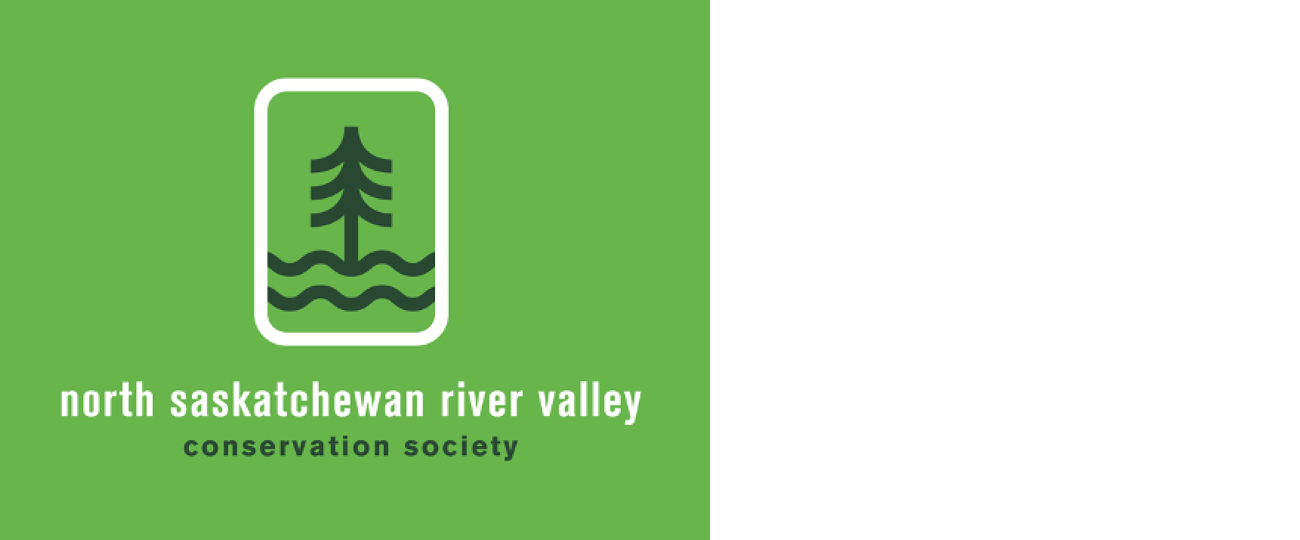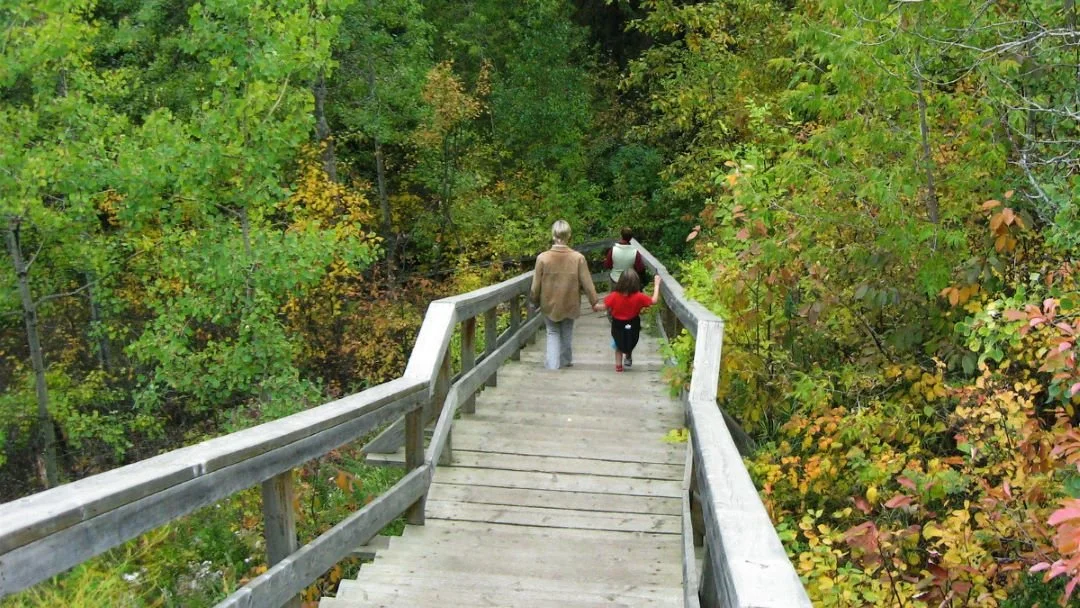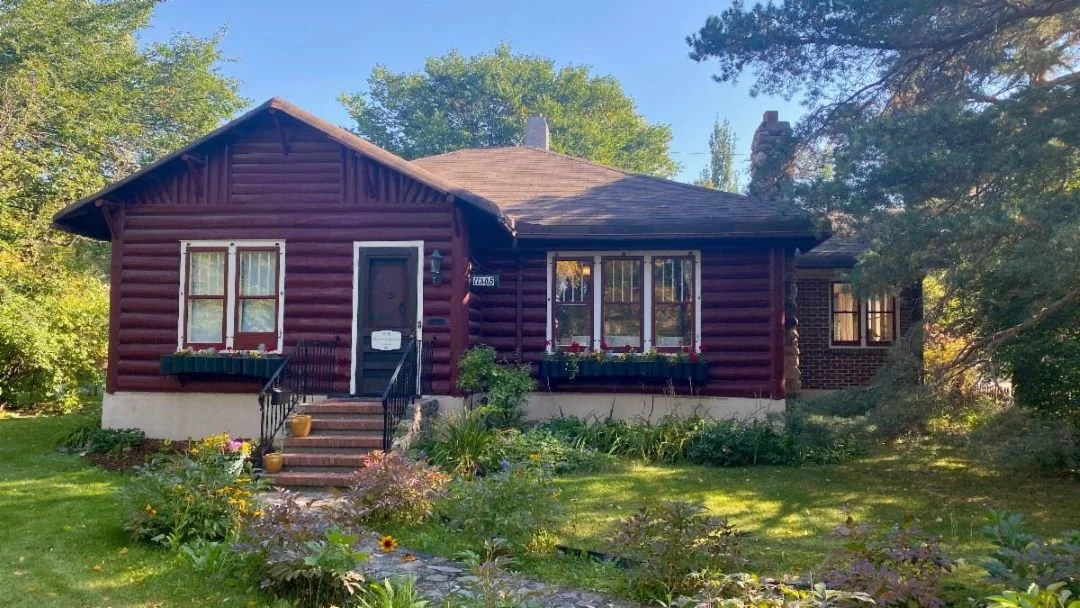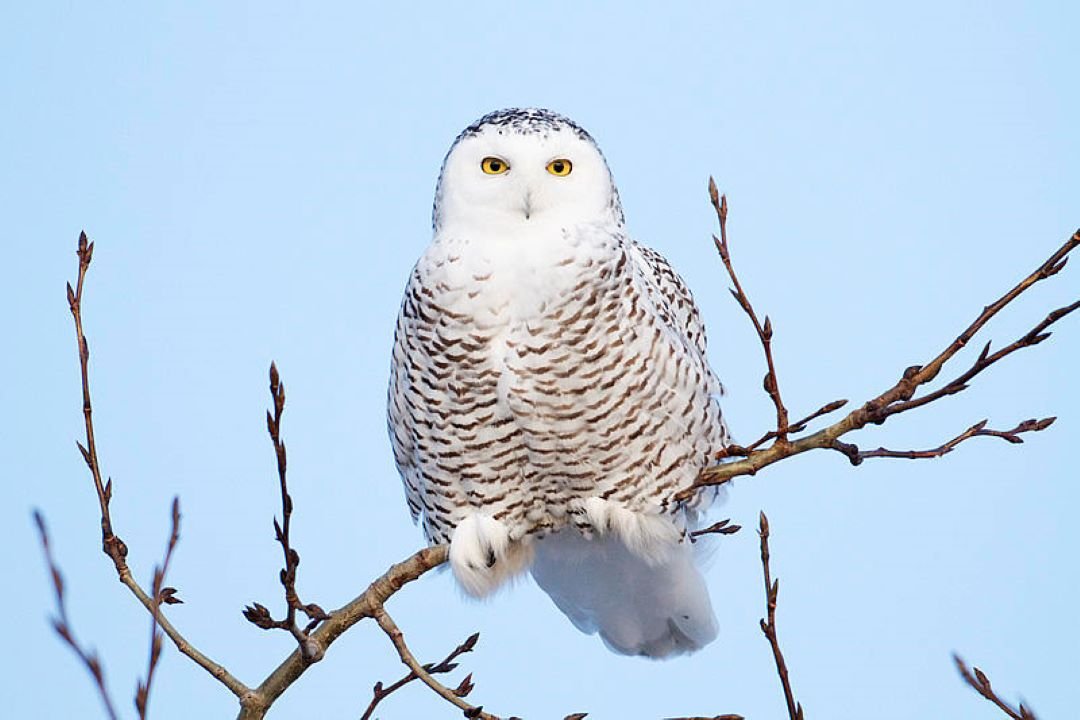City needs your input on plans and regulations for ribbon of green
Phase 4 of the River Valley Planning Modernization project is underway and the public engagement period will run from June 10 through 28. The project has two aims, the first goal is to renew the city’s strategic planning for the river valley by completing the Ribbon of Green Plan. The second goal is to update the processes and tools the city uses to evaluate and regulate development proposed for the River Valley by renewing or replacing the River Valley Area Redevelopment Plan.
The city wants your input to finalize; the draft system-wide policies that will guide planning and management throughout the river valley, the Land Management Classifications to clarify direction for appropriate uses in different parts of the valley, and draft spatial guidance (maps) for the study area, including identifying areas for ecological protection and restoration, access, gathering and enjoyment in the river valley.
The city also wants your input to help it review the renewed River Valley Area Redevelopment Plan and refine its proposed approach to land use planning and decision-making in the river valley.
You can participate in a facilitated online discussion about the project on Thursday, June 27 from 5:30 to 7:30pm, share your input through an online survey, and provide input on the proposed direction for each of the reaches within the study area by reviewing maps and draft planning recommendations to help the city refine its plans for ecological protection and restoration, access, gathering and enjoyment in the river valley.
To register for the online discussion, do the online survey and review maps and draft planning recommendations go to https://www.edmonton.ca/city_government/initiatives_innovation/ribbon-of-green
Field log house designated an historic resource
City Council has designated the Field Log House, one of the few remaining log homes in Edmonton, as an historic resource. In 1934, Alfred and Marguerite Field received a building permit to construct a log house in the Bellevue neighbourhood. The Fields chose to build the house out of logs, sourced in Pigeon Lake, because they had honeymooned in Jasper and loved the look of the log cabins there.
The house was built by Stuart Olson, who went on to found Mill and Olson, later Stuart Olson Ltd., which became one of Edmonton’s largest construction companies. The house was built in four months with a team of four builders. It was owned by the Field family until 2002.
The Fields opened a grocery store on 96 Street in 1933 and purchased an ESSO station and service garage on Fort Road in 1935. After the Second World War, Alfred founded a road construction firm, Field and Davis. Marguerite died in 1989 and Alfred died 1991.
The house is notable for its horizontal logs joined by a system of slats and grooves which are supported by upright logs at the corner. The siding of the old portion of the house was created with horizontal, rounded logs. A kitchen and dining room were added to the house in 1952, also built by Mill and Olson. Information on City of Edmonton’s historic resources at https://www.edmonton.ca/city_government/edmonton_archives/historic-resources
Safety and vigilance on North Saskatchewan River important
In 2023, Park Rangers conducted a total of 7,162 citizen contacts and safety compliance checks, marking a substantial 59 per cent increase compared to 2022. They also carried out 19 Search and Rescue operations, a 73 per cent increase from the previous year. Additionally, the number of warnings issued under the Canada Shipping Act and Gaming Liquor Act rose by 159 per cent, underscoring the need for heightened awareness and compliance.
"We recognize the North Saskatchewan River as a popular destination, and our primary concern is ensuring the safety of all who venture onto its waters," emphasized Zain Haji of the City of Edmonton's Park Ranger Peace Officer Marine Unit. "By staying informed about regulations and observing proper etiquette, we can ensure a safe and enjoyable experience for everyone."
Edmonton Fire Rescue Services responded to 37 water rescue events during the spring and summer months, a 32 per cent increase compared to 2022. "It is critical that precautions are taken before enjoying the North Saskatchewan River," said Brad Tilley, of EFRS. "No matter how confident of a boater or swimmer you are, our river is deceptively powerful and fast-moving. Always wear a life jacket, coordinate safety plans, and monitor weather conditions to avoid putting yourself and others at risk in the case of an emergency."
Constable Jeffrey Eichmann of the EPS Marine Unit echoed this sentiment, underscoring the importance of safety and vigilance on or near the water. “Accidents happen and it doesn’t take long for people to get in over their heads and drown. We urge people to use caution while walking along the riverbank, and absolutely wear lifejackets whenever they’re out on the river.” Boating and canoeing information at https://www.edmonton.ca/activities_parks_recreation/parks_rivervalley/boating-and-canoeing
Mural, mural on the wall, who is the most Edmontonian bird of all, make Magpie YEG’s official bird
Laura Bachynski photo
Comment or Contributions
Please note articles may not reflect the position of NSRVCS. River Valley News is meant to be a clearinghouse for the variety of opinions and ideas about Edmonton’s River Valley.
Email river valley photos, event information, comments, or questions to nsrivervalley@gmail.com
Forward this link to anyone you think may want to sign up for this newsletter https://www.edmontonrivervalley.org/newsletter-signup














